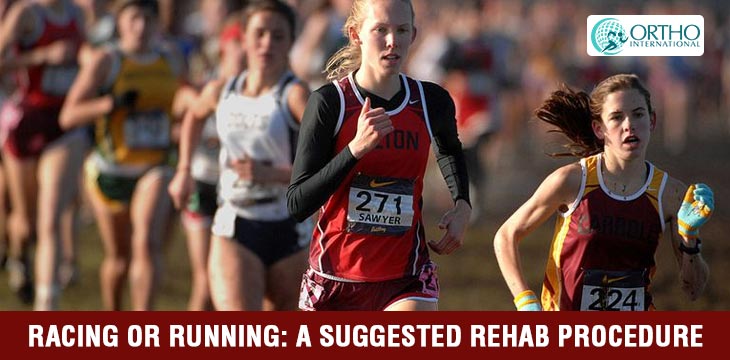Post-injury the primary component of recovery should be the exercise one loves. It can be that simple sometimes. Racing is one of the stressors and rehab procedure that catalyzes the healing and the capacity to recover to full time working. One method to look at illness and injury is that all of the stressors we put on ourselves should exceed our capacity to adjust.
Exceeding Your Potential By Rehab Procedure
For some purpose, our current stressors might surpass our prevailing potential. If you want to run a marathon you know that you have to constantly build the threshold to running and mechanical capacities. Running got you into this disorder and running can get you out. Recovering from an injury is also the same idea. You treat yourself and strengthen your understanding of the fundamentals of running again.
Just like you don’t run 100km in the first week of moving you slowly build a limit to running. Your tissues, your sensitive system, and cardiovascular system accommodate and before long you are going 20k when before 3k was unbelievable.
If You Are Injured How Do You Know If You Can Run?
Easy, go try and run. That’s it. That is the experiment. There are no real tests that you must pass to running – at least, no experiments that tell you if you are ready.
Running is the test
You don’t have to be able to do 50 calf additions, 12 single-leg squats, front boards or some arbitrary number of pushups to see if you are competent in running. Speeding is its task and its examination. You don’t need to “upgrade” the squat based on more made-up commands about the “best” way for the knees to go.
You don’t need to teach the knee to stop moving inside the toes. You don’t need to teach the glutes to fire again. Moreover, you don’t need to fix some imaginary patellar maltracking. You require to find the right reason for you to adjust.
That is not to believe that part of your rehabilitation won’t include calf raises, planks, and single-leg squats. These breeches all help with trauma rehabilitation as well. But these are supplemental activities and workouts that you can do with your running.
Understanding How long could you run without grief or pain
OK, do that for 2 weeks and then gently build- up. If you can only run 10 minutes then try running for 5 minutes, do a 1-minute track and run an additional 5 minutes. If things feel great do another 2-5 minutes. Other tips to keep your running volume is to run at your anxiety threshold 2x/day. Or rather of running 3x/week you momentarily run daily. But each run strength is only 12 minutes delayed.
Importantly, don’t stop your running schedule. Just transform things. Stay alert. And learn, the body reacts absolutely to stress. The right amount of mechanical stress is what is going to catalyze the healing.
Getting an idea about the type of exercise which hurts the most
Again, with acute pain, we typically take an avoidance approach. If speedwork is annoying then we substitute that with an effortless run. If its long-run then maybe we swap your long run for two medium runs. Or we reduce the speed of your long run and just run for the equivalent time. So, in the brief course, we avoid but then after a break, we start to supplement back in the aggravating exercise gradually. This is what catalyzes compliance and prepares you to bear the loads of running again.
Reference
Rehabilitation is almost a closely linked term with almost all kinds of post traumatic event and when it comes to consulting the best Rehab Physiotherapist in Delhi, try meeting Dr. Abhishek Mishra at Ortho international clinic.
